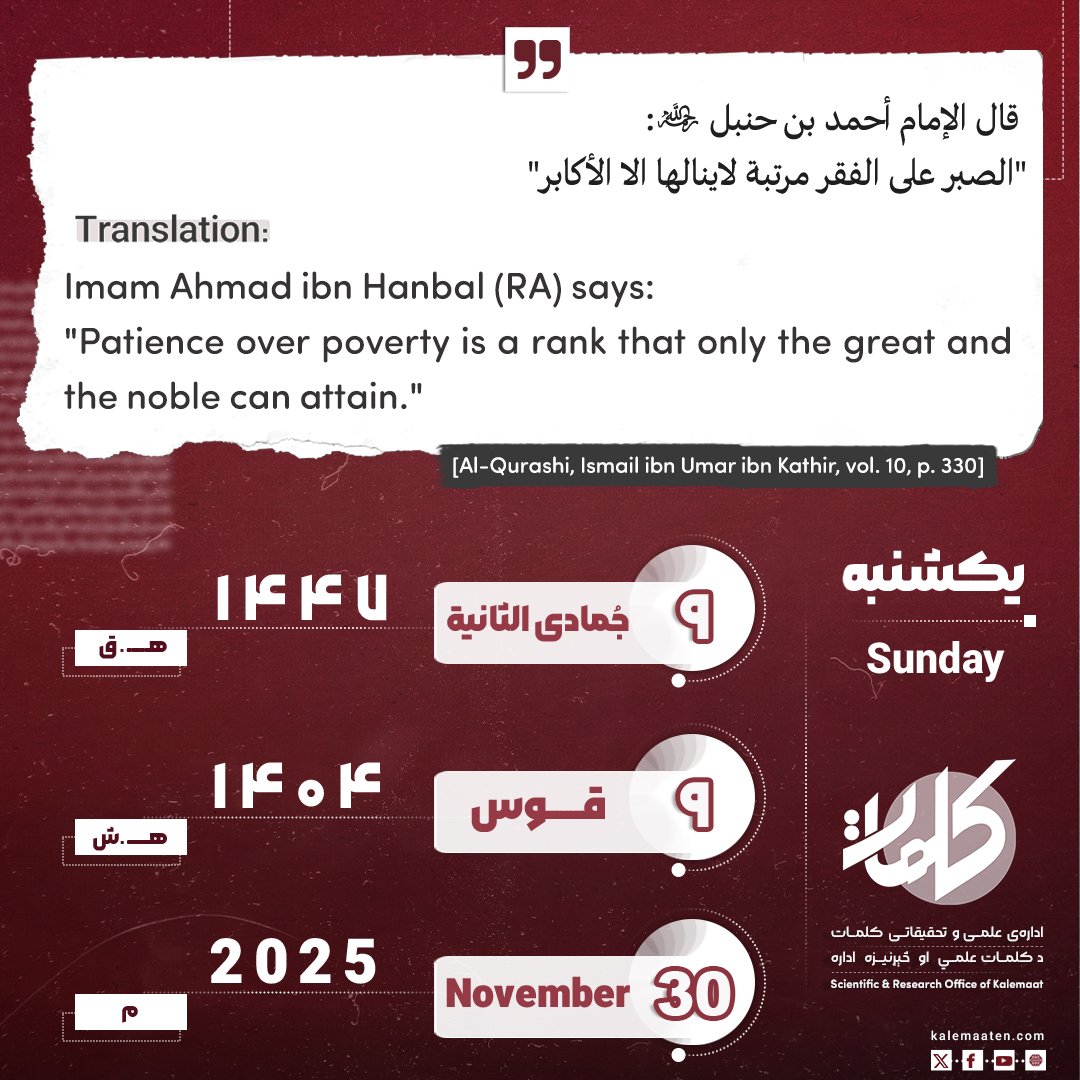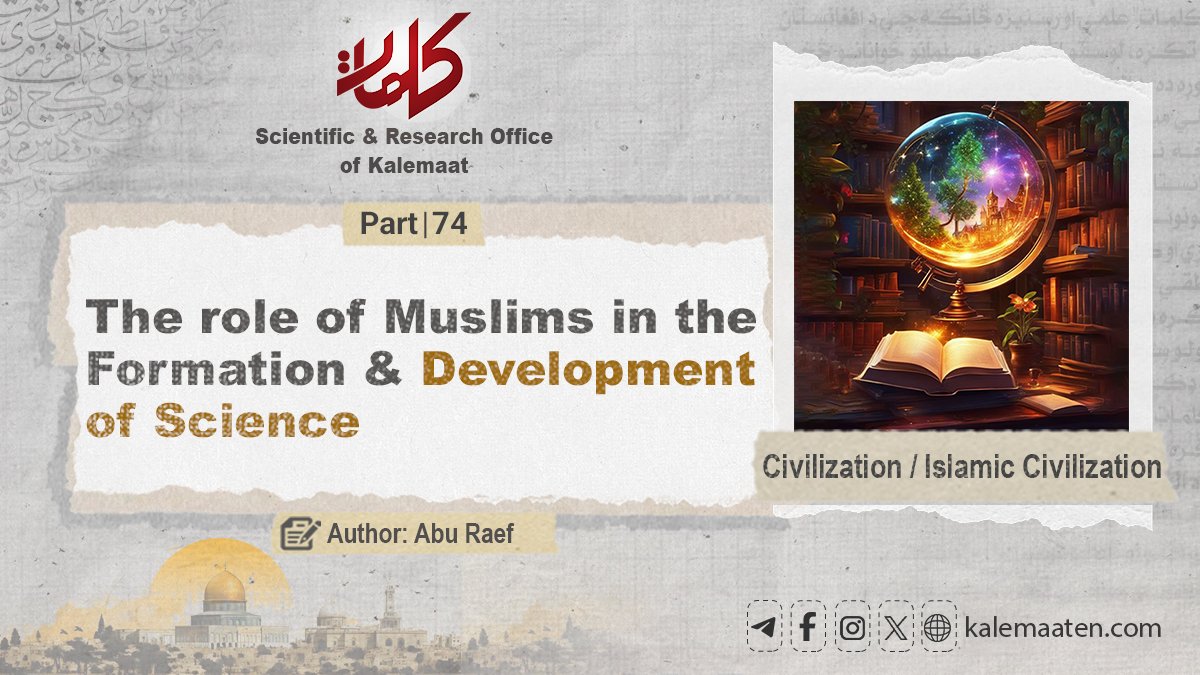Author: Abu Raef
The Role of Muslims in the Formation and Development of Sciences (Part 74)
Historical and Geographical Introduction to Qurtoba
In the previous discussion, we mentioned that the first gateway through which Islamic civilization entered Europe was Al-Andalus, or present-day Spain. In this section, we examine the eminent position of the city of Qurtoba in civilization and the marvels of its urban culture.
Qurtoba is a city located on the banks of the river “Al-Wadi Al-Kabir” (Guadalquivir) in southern Spain. Mawsu‘at al-Mawrid al-Hadithah writes about it: “This city was, as is presumed, founded by the Carthaginians and later fell under the control of the Romans and the Visigoths.” Its conquest was carried out by the famous Muslim commander, Tariq ibn Ziyad (MABH), in 93 AH / 711 CE. From that time on, Qurtoba embarked on a new path in the history of civilization, and gradually its star began to shine in the sky of world culture—especially from 138 AH / 756 CE, when Abd al-Rahman al-Dakhil (MABH), known as Saqr Quraysh (the Falcon of Quraysh), founded the Umayyad state in Al-Andalus after its fall to the Abbasids in Damascus.
During the reign of Abd al-Rahman al-Nasir (the first Umayyad caliph in Al-Andalus) and after him his son al-Hakam al-Mustansir, Qurtoba reached the height of its cultural and civilizational flourishing. He made it the capital of his young state and the seat of the Islamic caliphate in the West. Qurtoba was transformed into a pulpit for knowledge, culture, and civilization, to the extent that it competed with Constantinople, the capital of the Byzantine Empire in Europe, with Baghdad, the capital of the Abbasids in the East, and with Qayrawan and Cairo in Africa. Europeans called it “Jauharat al-‘Alam”—“The Jewel of the World.”
The Umayyads in Qurtoba did not limit themselves to politics; they also developed various aspects of life, such as agriculture, industry, fortress construction, arms workshops, and other fields. They dug canals and streams, built aqueducts, and introduced plants and fruits to Al-Andalus that had previously been unknown in that land.[1]
Some Aspects of Civilization in Qurtoba
Next, we shall become familiar with some of the manifestations of flourishing and civilization that Al-Andalus in general, and Qurtoba in particular, enjoyed—so that we may understand the role of Islam in the course of human history.
The Bridge of Qurtoba
Among the most prominent structures of this city was the “Bridge of Qurtoba” over the river Wadi al-Kabir. It was also called al-Jisr or Qantrat al-Dahr. Its length was about 400 meters, its width 40 meters, and its height 30 meters. Imam Ibn al-Wardi and al-Idrisi considered it “the greatest of all bridges in terms of grandeur and durability.”[2]
This bridge consisted of 17 arches, each 12 meters apart, and each arch was 12 meters wide. The total width of the bridge was close to 7 meters, and its height above the water surface reached 15 meters. Its construction dates back to the beginning of the 2nd century AH (101 AH), under al-Samh ibn Malik al-Khawlani (MABH), the governor of Al-Andalus during the era of Umar ibn ‘Abd al-‘Aziz (MABH). Considering the simple means of transportation and building techniques of that time, this bridge is regarded as one of the great achievements of Islamic civilization.[3]
The Mosque of Qurtoba
The Great Mosque of Qurtoba—today called Mezquita (a distorted form of the word “Masjid” in Spanish)—is one of the city’s most important historical monuments. It was among the most renowned Masjeds of Al-Andalus and one of the largest in Europe. Its construction was initiated by Abd al-Rahman al-Dakhil in 170 AH / 786 CE, and every new caliph added to its expansion and beauty.
Description of the Mosque in Historical Sources
The author of al-Rawd al-Mi‘tar described it as follows:
“In Qurtoba, there is a famous and renowned mosque, one of the largest in the world in terms of size, strength of construction, beauty of design, and elegance of architecture. The Umayyad caliphs of Al-Andalus continuously expanded it until it reached the utmost degree of perfection—where the eye is left in wonder at its sight, and the tongue is incapable of describing its beauty. Among the mosques of Muslims, there is none equal to it in adornment, length, and breadth.
The mosque measured 180 cubits in length (each cubit being approximately the span of two outstretched arms), half of it roofed and half an open courtyard. The roof of the Masjed rested upon fourteen great arches. The number of small and large columns, together with the main pillars of the qiblah, reached one thousand. The mosque contained 113 great chandeliers (thuriya), the largest of which held a thousand lamps, while the smallest held twelve. All the Masjed’s woodwork was made from the pine of Tartus, and its ceiling was filled with colorful decorations of red, white, blue, green, and black—captivating both the eye and the heart with their harmony and beauty.
The qiblah of the Masjed was built with utmost grandeur and elegance, filled with golden mosaics and precious crystals sent by the king of Constantinople to Abd al-Rahman al-Nasir li-Din Allah. On either side of the mihrab stood four columns—two green and two dark red—whose value could not be measured by any wealth, for they were unique. Above the mihrab was a single arch of marble, adorned with gold, lapis lazuli, and other colors. Beside the mihrab stood a pulpit made of ebony, boxwood, and aloes, said to have taken seven years to build, crafted by six master artisans with their apprentices.
To the left of the mihrab was a chamber for storing vessels of gold and silver. There was also a Qur’an so heavy that only two men could lift it. Within this Qur’an were four pages attributed to the handwriting of Caliph ‘Uthman ibn ‘Affan (MABH), still bearing traces of his blood. Each morning, this Qur’an was ceremoniously brought out, recited by the Imam, and then returned to its place.
Beside the mihrab was a door leading to the caliphal palace. The mosque had a total of 20 grand doors, adorned with copper plates and beautiful engravings. Each door had meticulously crafted rings, and the surrounding walls were decorated with red bricks and various designs.
On the northern side of the mosque stood a tall minaret, about 100 cubits high—80 cubits to the place of the muezzin and 20 cubits more to its top. Two separate staircases, one from the east and one from the west, ascended to the top, meeting only at the very summit. The minaret’s façade was built from marble and engraved bricks, and at its peak were three golden spheres and two silver ones decorated with fleur-de-lis designs. The courtyard of the mosque was filled with orange and pomegranate trees for passersby and travelers to benefit from.”[4]
It is deeply sorrowful that after the fall of Al-Andalus, this magnificent mosque was converted into a cathedral. Its tall minaret was transformed into a bell tower, and the sound of church bells replaced the call to prayer. Nonetheless, Qur’anic inscriptions remain engraved on its strong walls, bearing witness to its astonishing artistic brilliance. Today, this place is counted among the world’s most famous historical monuments.
The University of Qurtoba
The Great Mosque was not only a place of worship but also a vast university and one of the most important centers of learning in the world—the largest educational institution in Europe at the time. All sciences were taught there by the most distinguished scholars, and students came from the East and the West, both Muslims and non-Muslims.
Half of the Masjed’s space was dedicated to teaching circles, and professors received fixed salaries to dedicate themselves to teaching and writing. Financial aid and stipends were also available for students.
From this university emerged many great scholars for the Islamic world and humanity, such as:
•Imam al-Zahrawi (325–404 AH / 936–1013 CE), the renowned surgeon and physician;
•Imam Ibn Bajjah;
•Imam Ibn Tufayl;
•Muhammad al-Ghafiqi, a founder of ophthalmology;
•Imam Ibn ‘Abd al-Barr;
•Imam Ibn Rushd;
•Imam al-Idrisi;
•Imam Abu Bakr Yahya ibn Sa‘dun ibn Tamam al-Azdi;
•Qadi al-Qurtubi;
•Hafiz al-Qurtubi;
•Imam Abu Ja‘far al-Qurtubi;[5]
and many others.
Continues…
Previous Part / Next Part
References:
[1] Mada Qaddama al-Muslimun li-l-‘Alam?, p. 680.
[2] Ibn al-Wardi, Siraj al-Din, Kharidat al-‘Aja’ib wa Faridat al-Ghara’ib, p. 61, Maktabat al-Thaqafa al-Diniyya, Cairo, Egypt.
[3] Ibid. and Mada Qaddama al-Muslimun li-l-‘Alam?, p. 681.
[4] al-Himyari, Muhammad ibn ‘Abd al-Mun‘im, al-Rawd al-Mi‘tar fi Khabar al-Aqtar, pp. 456–457, Maktabat Lubnan.
[5] Mada Qaddama al-Muslimun li-l-‘Alam?, p. 686.



